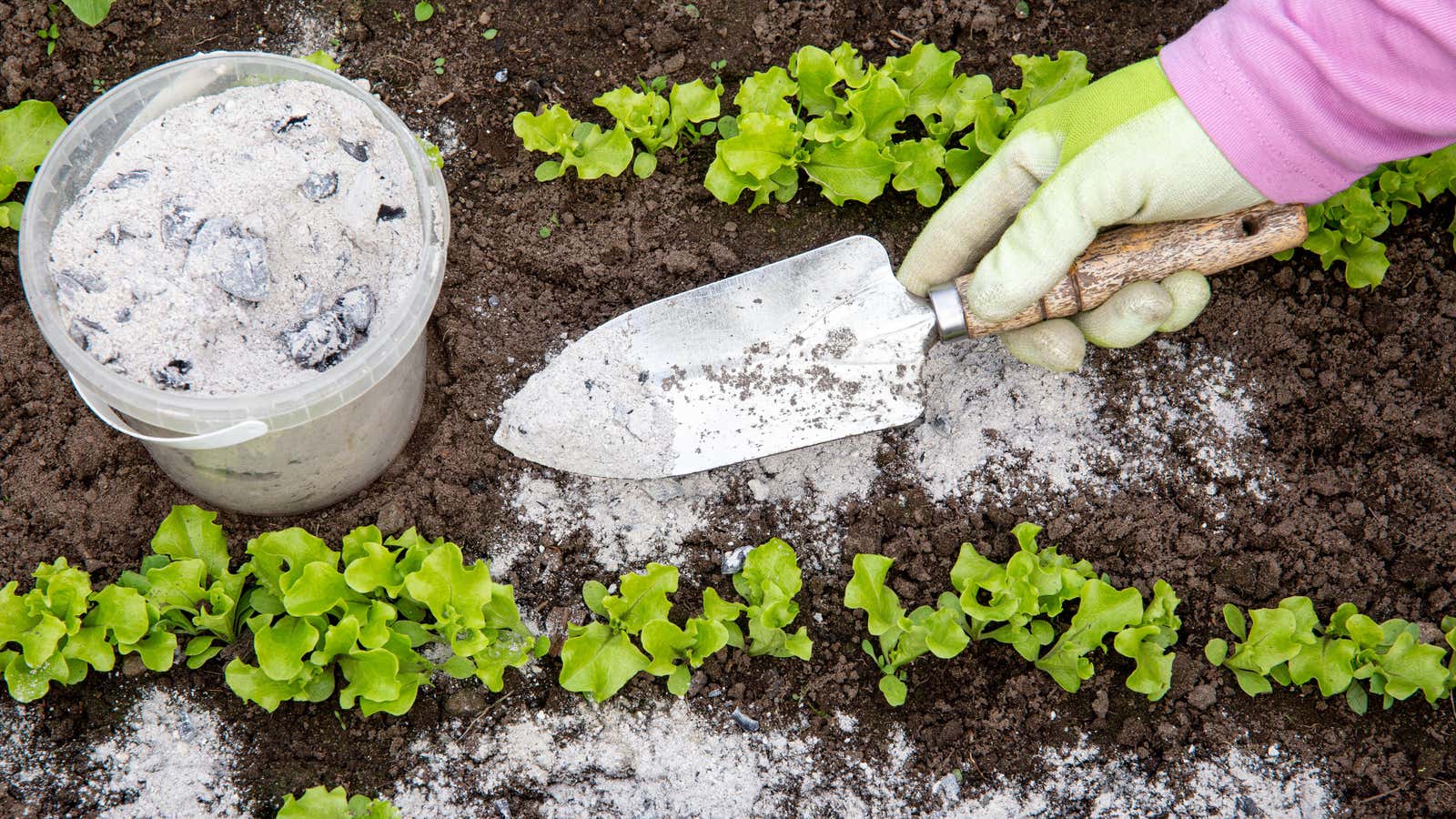How to Know When Your Plant Needs Fertilizer and When There Is Too Much

Fertilizers can promote healthier, stronger plants by giving them well-balanced nutrient levels , strengthening roots and longer flowering. The general consensus is that plants should be fertilized during the growing season, that is, from early to mid-spring , but the reality is not that simple: each plant has different fertilization needs , and getting the right results is a kind of science.
The tricky part is figuring out if you’ve given too much or not enough, so here’s how to tell if your plants are lacking nutrients or too much food.
How do you know when your plant needs fertilizer?
The Garden Guides plant information site explains that plants need the right balance of minerals, the most important of which are nitrogen, phosphorus and potassium. There are several reasons for potential mineral deficiencies, including poor soil conditions, imbalances in PH levels, or drought. When plants are deficient in these nutrients, they cannot exactly cry and tell you that they are hungry, and the symptoms are not the same as lack of water or insufficient sun.
According to Garden Guides, a lack of nitrogen will cause the leaves to turn yellow starting at the tips and then down to the stem. On the other hand, a lack of phosphorus “causes nitrates to build up in the plant, giving it a dull dark green color,” and sometimes the leaves turn purple. When potassium levels are too low, small spots may develop on the leaves that grow over time and create large discoloration spots.
When these signs appear, biotech company Greenway suggests adding fertilizers and slow-release fertilizers to the soil to gradually restore the health of your plants.
What is Fertilizer Burning?
The other side of fertilizing your plants is transferring too much nutrients to them, causing what is called a fertilizer burn . Applying too much fertilizer can suck moisture out of your plants, causing them to dry out and look burnt (hence the name). The leaves will be beige brown and wrinkled. Over-fertilization can also appear as white streaks on green leaves.
Den Garden recommends scooping up all visible fertilizer and then “flushing” the soil when these signs appear. Leaching involves watering as much as possible without drowning the plant in order to flush out excess plant food by bypassing the root system. Outdoors, the lack of leaching and excess chemical fertilization is detrimental to waterways. Fertilizers can disrupt the natural algae ecosystem and kill fish and marine animals. To avoid over-fertilizing , try slow-release fertilization or use natural organic compost as plant nutrients.